|
Hey Curlies: You probably know most of these tricks already, but it never hurts to have a reminder every now and then. Curly girls are special people with special hair, and sometimes those crazy curls need some extra TLC! No, we can’t just shower and go. Yes, we sometimes wish we could. Trust me, as someone who has lived with curly hair all my life, I know the struggles. But I also know how beautiful curly hair can be! Don’t be discouraged ladies with curly hair, there are ways to hack your luscious locks. Try any of these brilliant tricks to keep your hair manageable, frizz-free, and looking fabulous.
11 Tricks to Make Your Curly Hair Look Amazing
0 Comments
8/19/2016 0 Comments Tame Hair Static In It's TracksHair got a life of it's own? Here's how to stop static its tracks, once and for all. How to tame your hair and stop static once and for all
How it starts Here's the science bit: when hair is unusually dry it attracts a positive electric charge that causes strands to repel each other, like magnets pushing each other apart. That positive charge sneaks in under a few clever guises: most commonly as the friction caused by plastic brushes, combs and synthetic hats, and from the air around us when it’s ultra dry (particularly during the cold winter months). What to do about it 1. Your brush: ‘Swap from a synthetic brush to one with boar bristles,’ says super-stylist George Northwood. ‘As well as cutting down on static, it will help improve the quality of your hair in the long run, because natural fibres don’t degrade and rip your hair cuticles in the same way plastic ones do.’ 2. Your products: ‘Feeding your hair with moisturisers makes a big difference,' says George. 'Apply conditioner to the full length of your hair, not just the mid-lengths, and follow with a hydrating styling product before blow-drying.' 3. Your drier: Another trick we’re evangelical about is investing in an ionic hairdryer. These blast hair with air passed through a tourmaline filter - a mineral material with a negative charge that cancels out the positive electricity that contributes to static. They also dry the outer hair cuticle in record time, preventing the inner shaft from losing too much moisture. 4. Your hand cream (really): If static strikes despite your best efforts, and there’s not a hair-specific unguent in sight, rummage around in your handbag or desk drawer for some hand cream. A small blob, rubbed between palms and smoothed lightly over your hair, can immediately knock out flyaways. (source) By Kendra Aarhus
Hair products are a multi-billion dollar industry in the United States. Flashy advertising and beautiful imagery of perfect hair makes us all long for better hair days. Unfortunately, those commercials are also full of deceit; careful wordsmiths bend the truth to an often unrecognizable state. While the lies in the hair industry are vast, these four in particular need to be addressed and understood by woman everywhere. See if you've believed these four bold faced lies. 1) You Can Not Repair Split Ends Once a hair has split, you can put the most expensive serums and potions on your hair but nothing will repair that split end. Sure there are products that will smooth the frayed ends, and there are products that might even make your split ends appear (temporarily) repaired. Heat from a hair dryer, curling iron, or flat iron can also make split ends appear less frizzy for a while; in reality the high heat is probably making your split ends worse. The truth is, the only thing that will actually repair your split ends is a haircut. Maintaining healthy hair practices, using products that don't dry your hair out, and making sure you get regular trims can prevent split ends. Products that promise to repair split ends are preying on your hopes and dreams. 2) You Can't Penetrate Your Hair with Protein Protein treatments can be a nice treat for your hair and many are healthy for your scalp, but the fact of the matter is that protein products do not penetrate the cuticle of your hair. Products that claim to strengthen your hair with protein from the inside out, simply coat your hair with protein. In fact, over use of protein sprays can often be drying and cause your hair to get brittle or frizzy due to build up on the hair shaft. What about the protein and keratin treatments that promise soft, frizz free hair? Well, that's a whole different chemical and heat reaction that has nothing to do with protein actually penetrating the cuticle of your hair shaft. The best way to strengthen your hair from the inside out, is to take really great care of your scalp and to eat a hair healthy diet. Once your hair has grown past the surface of your scalp, it's at the mercy of the way you treat your hair on a daily basis. Keeping your hair hydrated and healthy will go a lot further than empty protein promises. 3) All Natural Hair Products, Usually Aren't There's a big all natural product push going on in the beauty industry. Cosmetic companies are removing all kinds of harmful chemicals from their products and proclaiming their success on their labels. You've likely started wondering about the sulfates and parabens in your products by now. The biggest problem is that the cosmetic industry by-and-large is very under regulated in the United States, and just because a label makes claims to be all natural, chemical free, or organic, doesn't mean that the formula is meeting any standards to actually live up to it's promises. In all honestly, there are very few "standards" set to begin with, so labeling ends up being a big advertising scheme. The other side of the problem is the internet; full of conflicting advice and doomsday warnings from a lot of people that have no actual education on the subject beyond what they learned by a Google search. It's hard to know what to believe and whom to trust. The only way to truly understand what's in your cosmetics and your hair products is to understand how to read the label. I'll be honest; I'm not a chemist and I don't understand the majority of the labels of the products I use. But, until the cosmetic industry gets it's act together with honest labeling, there's really no way to be completely sure. My biggest advice to anyone that's concerned with the chemicals in their hair products is to do your homework by researching reputable sources to determine what exactly is in your hair care products. Don't blindly trust the label to tell you the truth. 4) Your Hair Products are Full of Wax Some of the products that make your hair feel soft and healthy are actually riddled with wax and silicone. There are a few waxes found in cleansing conditioners, no-poos, conditioners, and styling products that are pretty horrible. Why? Heavy waxes and silicones start off feeling soft and smooth, but over time these feel good additives can build up on your hair. Unlike other product build up problems, a clarifying shampoo isn't usually strong enough to strip silicone build up from your hair. This build up can cause serious damage and breakage to your hair, and long term product buildup can actually clog your hair follicles. Hair follicles that are gunked up with wax can lead to hair thinning, weak hair, and even baldness. Yes. You can go bald from an overdose of wax and silicone build up. The only way to keep the wax off your hair and out of your follicles is to avoid the worse offenders whenever possible. Silicones can be easily identified, as they usually end in -one, -conol, or -xane (such as, Dimethicone, Cetearyl methicone, Dimethiconol, or Cyclopentasiloxane). Waxes to avoid include mineral oil (paraffinum liquidum), petrolatum, bees wax, and candilla wax (to name a few). Fortunately for all of us, there are water soluble silicone based products that are great at helping you get that soft feeling of silicone, but will wash away with water and your favorite shampoo. Water soluble silicones are easily recognized by the "PEG" on the label include ingredients like this:
(source) Researchers at Ohio State University have created a shampoo bottle said to prevent wastage by emptying every last drop of product.
Scientists at the university lined plastic bottles with a coating formed with microscopic y-shaped structures created using nanoparticles of silica and quartz. These prevent the product inside the bottle from ever touching the edges, ensuring that it doesn’t get stuck. The innovation is designed to work with polypropylene – a common plastic used to package household goods. Bharat Bhushan, Eminent Scholar at Ohio, explained: “It’s what you’d call a first-world problem, right? ‘I can’t get all of the shampoo to come out of the bottle’. But manufacturers are really interested in this, because they make billions of bottle that end up in the garbage with product still in them.” Coatings are already used to prevent food sticking in containers, but cosmetic products can be more difficult to work with. Bhushan said: “Compared to soaps, getting ketchup out of a bottle is trivial. Our coating repels liquids in general, but getting it to repel soap was the hard part.” Surfactants have a low surface tension, which means they stick to the plastic used in shampoo bottles very easily. Philip Brown, Postdoctoral Research Scholar at Ohio State, explained: “It was an extra challenge for us to make a surface that could repel surfactant.” The coating can be sprayed onto the inside of bottles with a solvent. This softens the surface of the polypropylene bottle enough that when the plastic re-hardens the silica nanoparticles are embedded in its surface. Rather than forming a solid coating, the y-shaped nanoparticles are distributed several micrometers apart. The structures create 90º angles that are steep enough to prevent water, oils and even surfactant from sustaining a droplet shape and falling between the branches to touch the plastic surface. Brown explained: “You end up with air pockets underneath the surface and that;s what gives you liquid repellency.” Ohio State believes that as well as reducing waste product, the innovation could help increase recycling rates. Bhushan explained: “We all struggle with shampoo bottles at home. I have a few in my shower right now. Trying to get that last drop out, I put it upside down and my wife adds water to the bottle and fights with it for a while. Then we just give up and throw it away.” The researchers also believe the innovation could be used in medical applications as well, helping to keep equipment such as catheters clean. The technique has already been applied to polycarbonate, a plastic used in smartphone cases and car headlights Check out the video Our stylists know things we don’t.
by Jo Confino Are we looking in the wrong place when it comes to finding champions who can turn us away from our environmentally destructive ways? Researchers at a university in the United Kingdom believe that hairdressers, rather than politicians, scientists or celebrities, could be the secret weapon in convincing us to reduce our carbon emissions. Given that hairdressers get up close and personal with billions of customers, they are the perfect vehicle for helping to change people’s behavior, according to Dr Denise Baden, an associate professor at the University of Southampton’s management school. Even better, they deal with many of the environmental challenges that need addressing, such as water and energy use as well as the toxins in many hair care products. A new study by Baden shows just how much difference people can make if they change their routines. A person who carries out a daily hair wash with two shampoos plus rinse-out conditioner creates a weekly carbon footprint of around 9 kilograms, or nearly 20 pounds of carbon emissions. But this could be cut down to just 1 kg (roughly 2 pounds) if they change to a twice-weekly hair wash using just one shampoo plus leave-in conditioner, the study says. Her research, which is funded by the U.K. government, also shows how important it is that hairdressers educate their clients to reduce the use of heated appliances such as hair straighteners, curlers and blow dryers. Not only does taking a more natural approach improve hair condition, but it also reduces energy costs and protects the planet, according to Baden. She and her team have now developed a carbon footprint calculator, which demonstrates the effect hair care routines have on the environment and points out five changes that can make a big difference: 1. Do not wash your hair every time you shower — and whatever your routine, allow an extra day to go before shampooing. 2. Shampoo once rather than rinse and repeat. 3. Cut down shower time by using a leave-in conditioner. 4. Shower rather than take a bath and limit the time to four minutes. 5. Let hair dry naturally. This is not the first time that hairdressers have been recognized for their potential to get important information to a mass audience. The United Nations Population Fund, in collaboration with UNAIDS Secretariat, back in 2009 identified barbershops and beauty salons in Guyana as information hubs to help reduce HIV. “We’re not asking hairdressers to become sustainability consultants or to compromise on standards,” Baden said in a written statement. “Instead, we’re trying to educate businesses that less is more and to spread this message to their clients. For example ... [p]roducts such as leave-in conditioner not only save energy, time and money but are also great for giving body to fine or flyaway hair.” “Our approach has been to train the trainers so they can in turn affect the behaviour of their clients,” she added. “Just one hairdresser can affect the practices of hundreds of clients.” The next step for Baden and fellow researchers is to develop a sustainable hairdressing certificate for salons, hairdressers and training colleges. While all this may seem like a clever approach to helping limit climate change, there is one key challenge that Baden has not yet been able to overcome. While hairdressers are often adept at chatting about topics ranging from relationships to the weather, they do not often make proactive change agents. As Baden pointed out in a 2014 interview: “Early adopters of social innovations characteristically have more years of formal education, greater rationality, higher IQ, higher aspirations and higher status occupations than late adopters. None of these attributes are typical of hairdressers. Therefore it is unsurprising that our pilot research found no examples of hairdressers taking the lead on sustainability innovations.” But the world is changed one person at a time, and Baden points to the feedback from one hairdresser who went through a sustainability-focused training session: “Taking that approach has given me more pride in my work and in my profession as a whole. I no longer feel like ‘a blonde with scissors,’ I feel like a professional who is making a difference.” |
Hair by BrianMy name is Brian and I help people confidently take on the world. CategoriesAll Advice Announcement Awards Balayage Barbering Beach Waves Beauty News Book Now Brazilian Treatment Clients Cool Facts COVID 19 Health COVID 19 Update Curlies EGift Card Films Follically Challenged Gossip Grooming Hair Care Haircolor Haircut Hair Facts Hair History Hair Loss Hair Styling Hair Tips Hair Tools Health Health And Safety Healthy Hair Highlights Holidays Humor Mens Hair Men's Long Hair Newsletter Ombre Policies Procedures Press Release Previous Blog Privacy Policy Product Knowledge Product Reviews Promotions Read Your Labels Recommendations Reviews Scalp Health Science Services Smoothing Treatments Social Media Summer Hair Tips Textured Hair Thinning Hair Travel Tips Trending Wellness Womens Hair Archives
January 2025
|
|
Hey...
Your Mom Called! Book today! |
Sunday: 11am-5pm
Monday: 11am-6pm Tuesday: 10am - 6pm Wednesday: 10am - 6pm Thursday: By Appointment Friday: By Appointment Saturday: By Appointment |
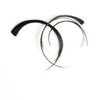
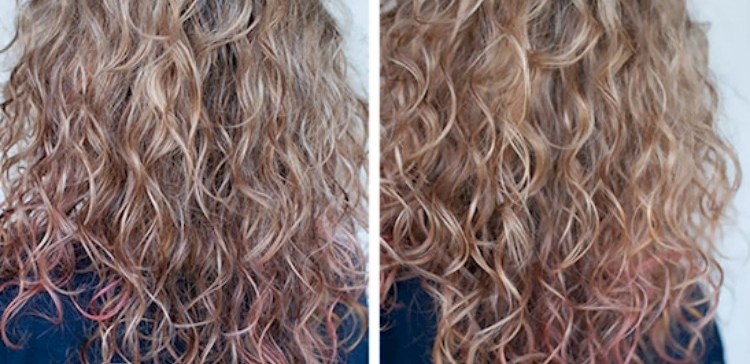

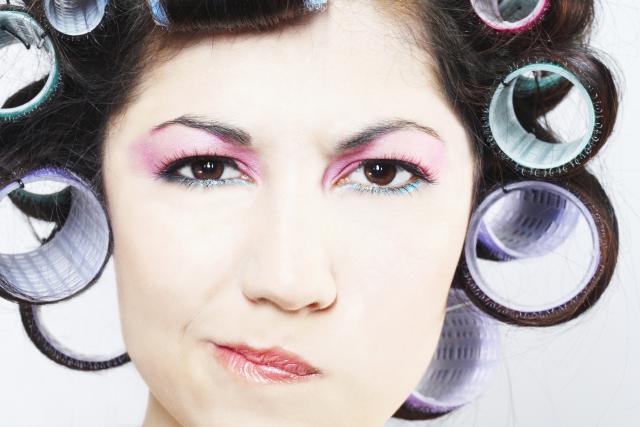
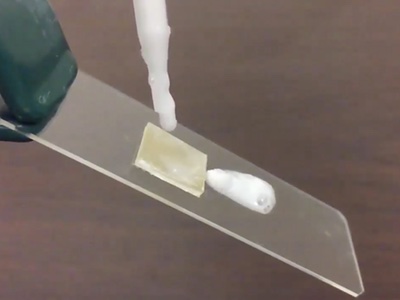
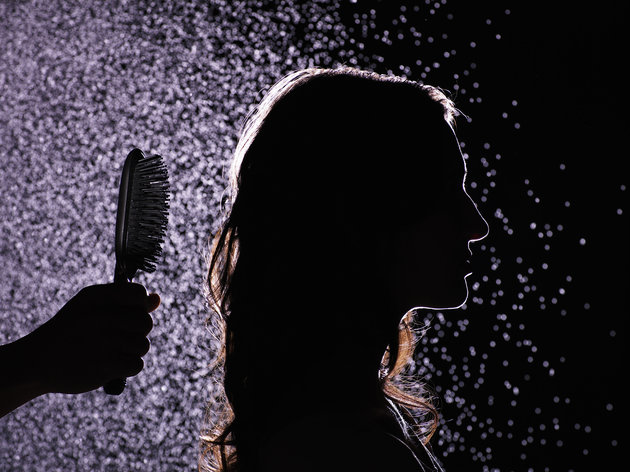
 RSS Feed
RSS Feed